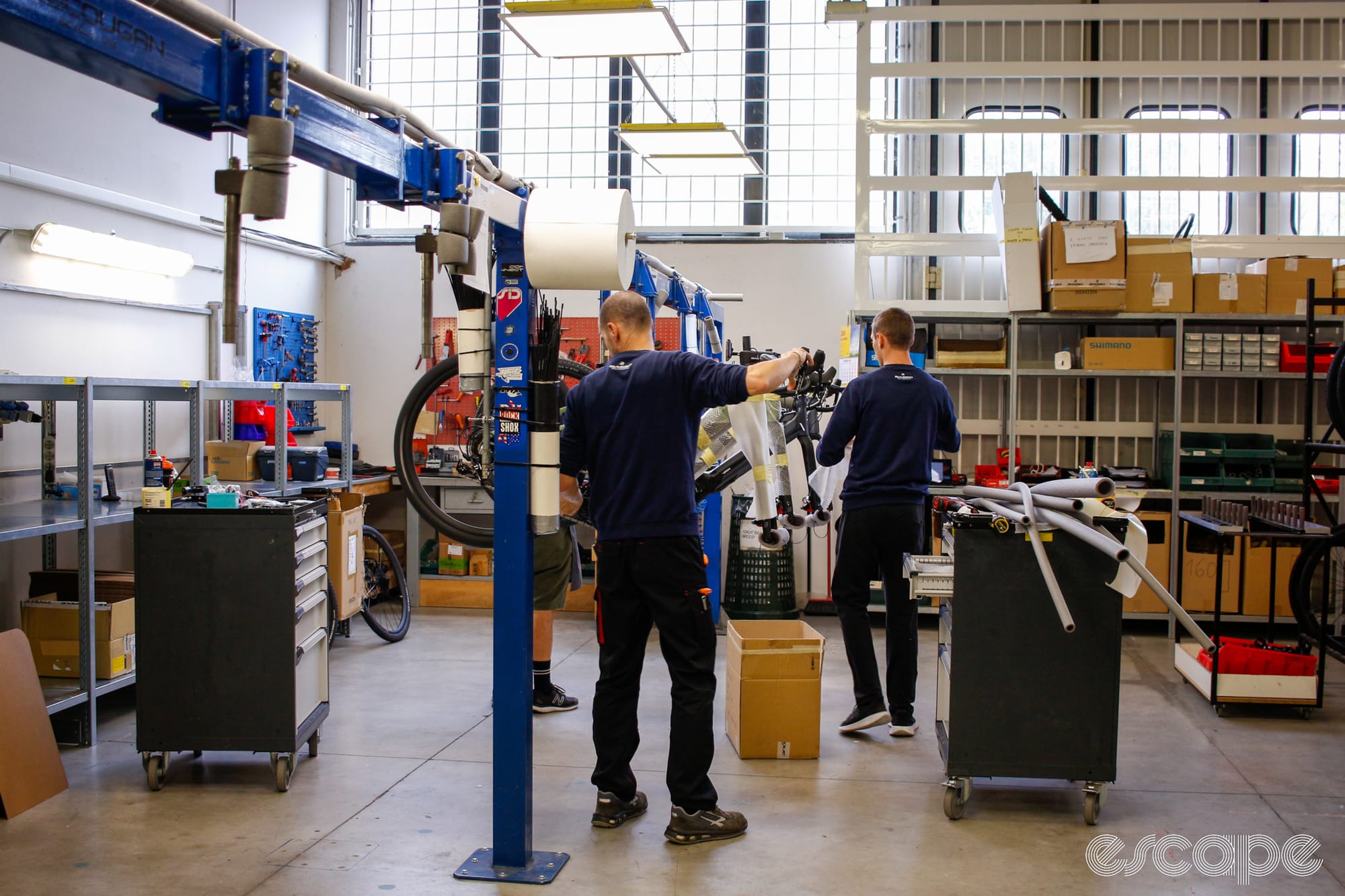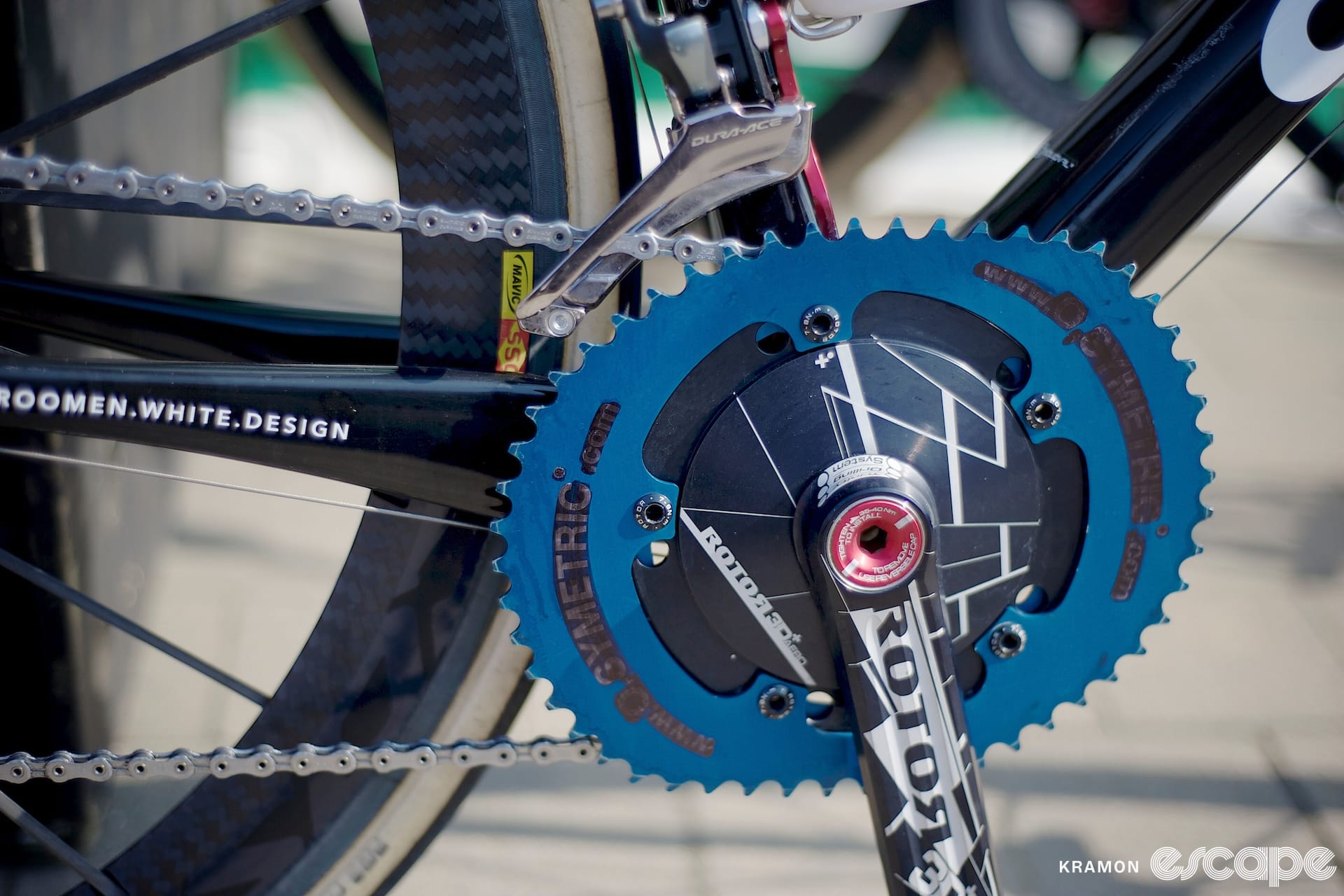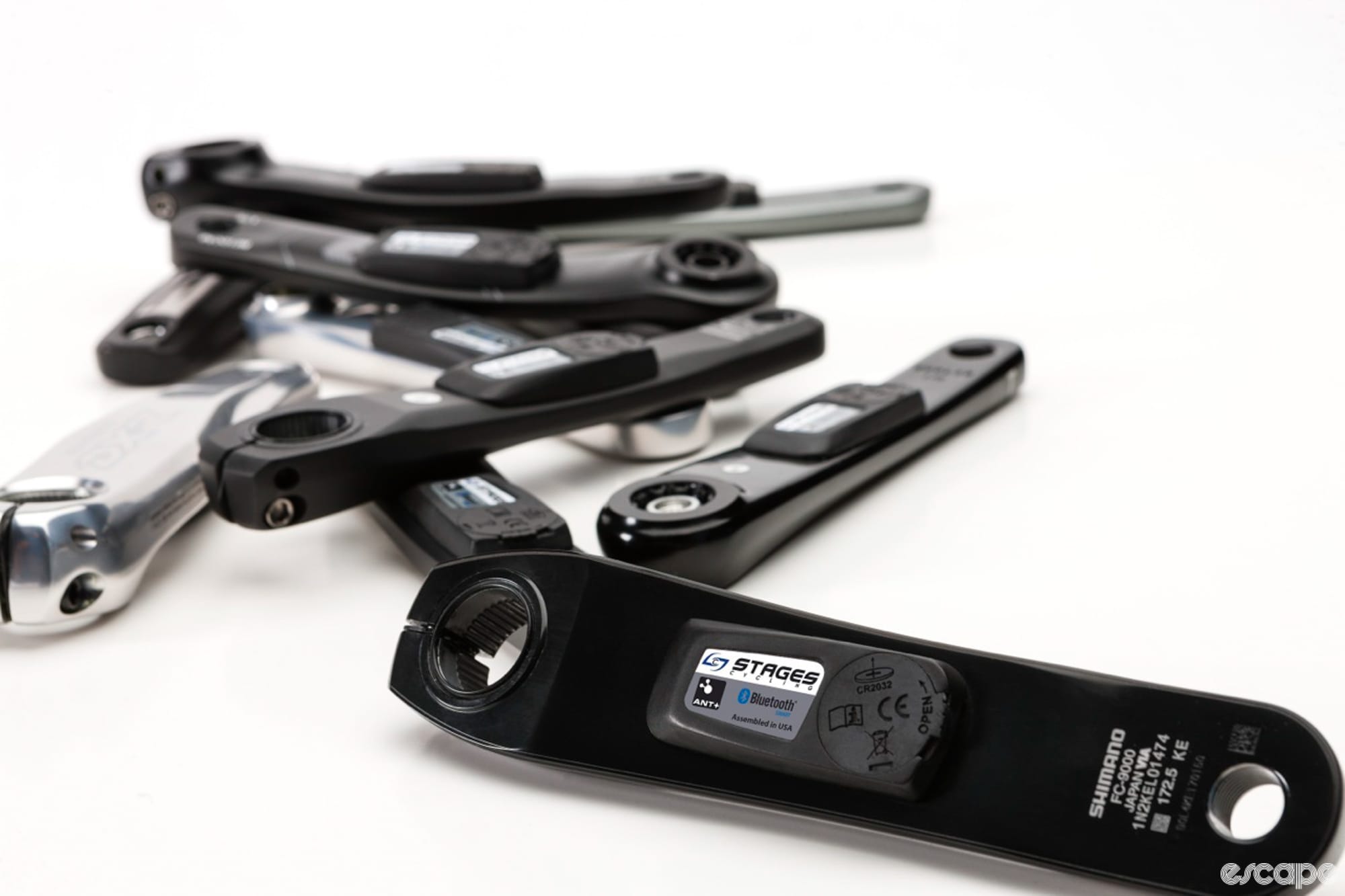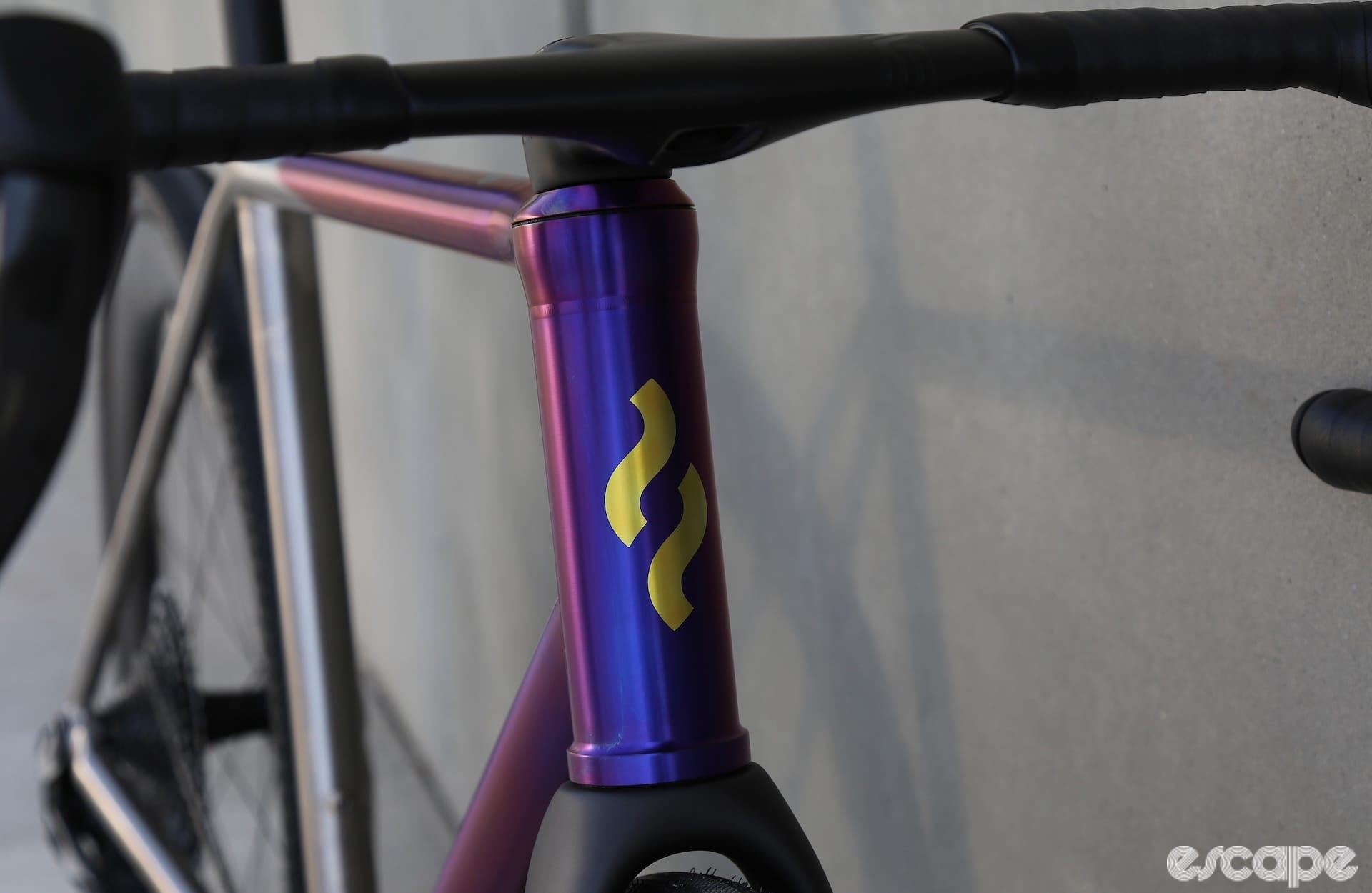In her first column for Escape, Jayu takes us into the world of e-bikes and explains the mistakes made by two notable brands: Rad Power and VanMoof. As Jayu details, there's plenty to be learned from the struggles of these companies, and indeed from the successes of those who took a different path.
Walking along the sunlit streets of Southern California, the hum of electric bikes has become a familiar sound. Among them, Rad Power’s RadRunner, the 20-inch wheeled multipurpose electric bike, stands out — a symbol of the e-bike revolution that has reshaped urban mobility.
The RadRunner may very well be the best-selling e-bike in US history. I had the opportunity and pleasure of briefly working with Rad Power’s founder, Mike Radenbaugh, during my career. From the time he hadn’t yet secured investments until Rad Power became the brightest star in the e-bike industry, I witnessed his journey firsthand. In the early days, I even heard him discuss the concept of the RadRunner before it launched.
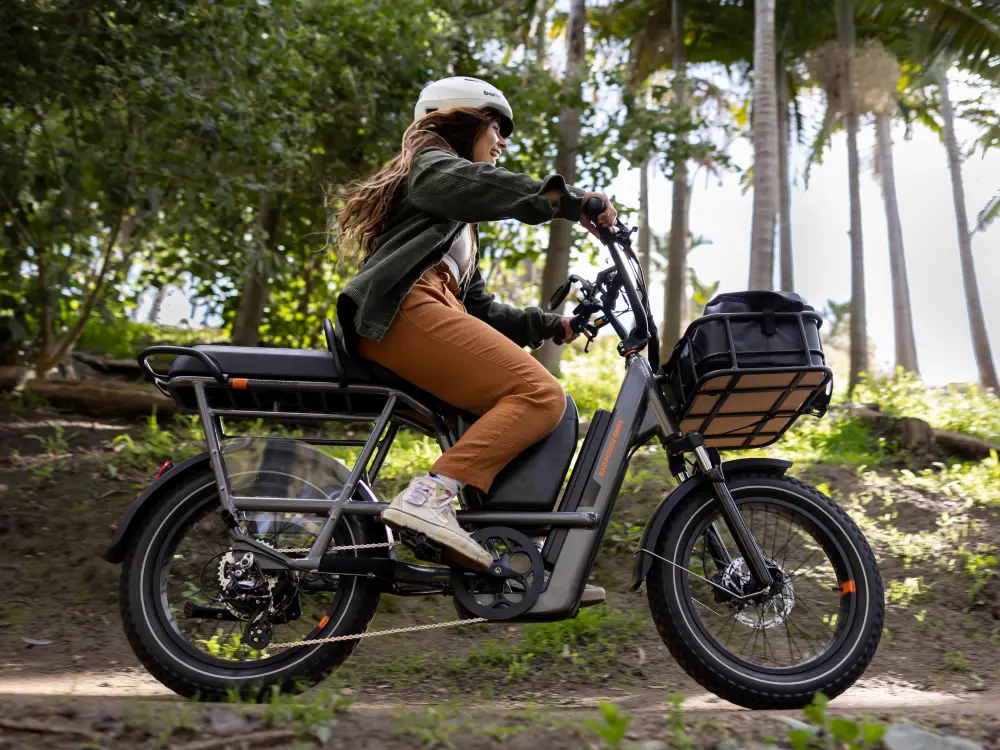
Mike Radenbaugh is the quintessential “garage entrepreneur." I first connected with him around early 2018. He was very young and had a brilliant vision about the bike market. At that time, I (and everyone else) was still struggling to wrap my head around what an “e-bike” was? I had asked a lot of questions out of curiosity to learn his vision. I later had the opportunity to visit their Seattle office, which was at the time in a warehouse-like space. The company was growing rapidly, with the marketing team cramped together, filled with energy and hope. The whole company was buzzing.
When Mike explained his vision, he told me that Rad Power was not just an e-bike; it was a platform. He showed me all the modular accessories he was developing along with the bikes – carriers, racks, boxes, and more – all easily attachable to the bike, making the bike an ever-growing system. He envisioned Rad Power as a complete ecosystem, not just a standalone product. This vision opened a new perspective for me in the bicycle industry. Unlike some other startups, as a mountain biking enthusiast, Mike understood bicycles. When I suggested that he switch to integrated batteries for a sleeker look, as was the trend in the industry, he rejected the idea. Most Rad Power users were older adults, and easy maintenance was a priority. His commitment to purposeful design was very inspiring and not something you’ll see very often in the bike industry.
Later, when he talked about developing a 20" multipurpose e-bike, he explained how the seat could be swapped to accommodate one or two riders, with additional cargo boxes for carrying goods. This shift also targeted younger users, expanding beyond seniors to teenagers who could ride to school, visit friends, or carry items. His predictions were spot on – the RadRunner became a massive hit. Even now, I rarely see another e-bike as prevalent on the streets of Southern California, not even from competitors like Aventon.
After securing Series A funding in 2019, Rad Power brought in professional managers, expanded its office space, and pursued ambitious plans. While we collaborated on a batch of RadRovers in 2020, we eventually stopped working together because of their new team.
Under the uncertainty of tariffs and then the pandemic, the company was facing supply chain challenges like everyone else. After-sales service partners were getting more and more important. Rad Power tried many different approaches to overcome this, but I haven’t seen anything groundbreaking and efficient enough to fully provide the service people need on these bikes.
With the new, growing team, Rad Power also tried to solve the problem by switching its own supply chain strategy to partner up with large OEMs like BCI and FSD. They also tried to work with FSD to utilize their design team and its supply chain experience to help the company to reduce the cost. Mike’s distinct vision gradually faded to the back and with only a few legacy models remaining, Rad Power’s bikes started to resemble those of its competitors. In the meantime, Aventon has overtaken Rad Power’s market share to become the best-selling e-bike brand in the US.
At its peak, Rad Power was the leading e-bike brand in the US, but according to recent data from Chinese suppliers, their production has fallen to less than half of its peak. Most recently, the company has appointed a new CEO.
Across the Atlantic: The VanMoof Story
If we turn our eyes to the other side of the Atlantic, to the Netherlands, another rising star had its birth. Founded in 2009, just two years after Rad Power, VanMoof was often referred to as the “Tesla of bicycles." Unlike Mike Radenbaugh, who started in a garage, the Carlier brothers, Taco and Ties, came from the electronics sector. Initially, they collaborated with one of Darfon’s branch companies specializing in LED lights, and the Carlier brothers worked with them to develop the LED lights for concerts. This relationship eventually led to the development of their dream e-bike: VanMoof.
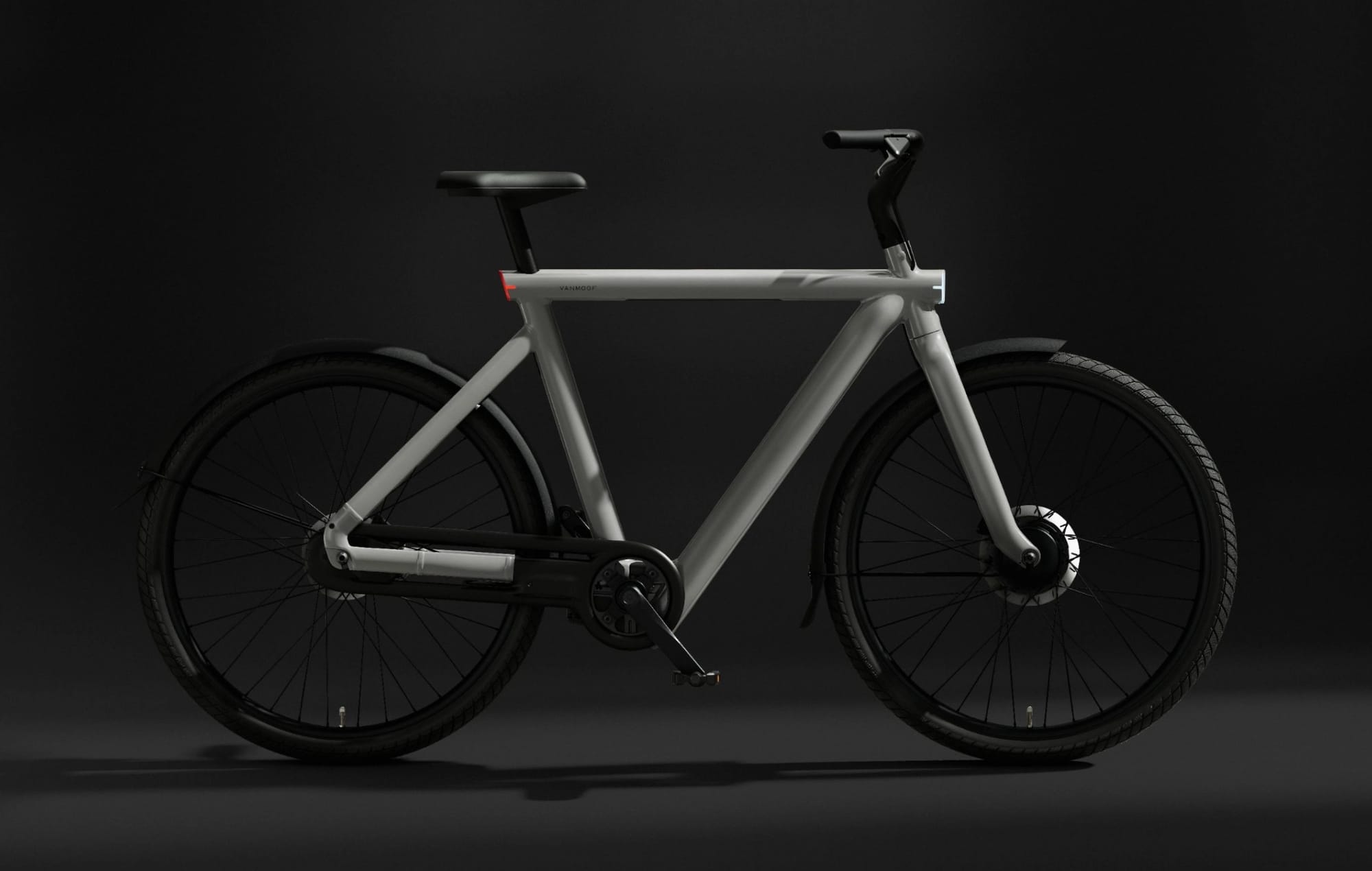
The Carliers possessed a far deeper understanding of software compared to Rad Power. They integrated features like theft protection and GPS tracking, but their demand for precision far exceeded traditional bicycle standards (arguably unnecessarily so), and frame manufacturers often complained that VanMoof and its partner didn’t understand the bicycle industry. While Rad Power prioritized easy maintenance, VanMoof ignored it, focusing instead on tech and design. In the Netherlands, VanMoof was frequently criticized for its unmanageable maintenance costs, which many industry insiders believed made profitability unattainable.
By the time I first took notice of VanMoof in 2019, it was nearing the end of its partnership with Darfon (I sold my company, Kenstone, to Darfon by April 2019). As VanMoof scaled up, cost pressures mounted. I often heard Darfon's chairman celebrate their high profit margins on the VanMoof business, comparing it to Kenstone, a regular assembly factory they just acquired. He was also adamant that VanMoof was fully dependent on Darfon.
When VanMoof sought to renegotiate terms, they were reportedly “thrown out” from the meeting by Darfon representatives, suggesting a big disagreement over pricing. Darfon maintained a stance of unwavering entitlement to their substantial profit margins, a position considered atypical within the bicycle manufacturing sector where alignment with your customers is critical to both parties’ success.
Eventually, VanMoof switched to Sinbon, another Taiwanese electronics manufacturer, which also took an equity stake in the company. I had a chance to have afternoon tea with the president of Sinbon. Over tea, the president of Sinbon shared how VanMoof’s partnership with their previous supplier ended – though it was hard to tell who had initiated the break(?). After partnering up, Sinbon developed the whole system very quickly, within three months. Despite Sinbon’s rapid development and much-improved quality, VanMoof’s operational issues persisted. In 2023, the company filed for bankruptcy, with reportedly over 10% of its revenue eaten up by warranty costs.
In the Asian supply chain, rumors circulated about “some” e-bike companies inflating costs, requiring "additional fees to individuals" to get the business.
Lessons from the stars
Rad Power and VanMoof were both born from bold visions that reshaped the bicycle industry. They challenged norms, introduced innovations, and built passionate customer bases. Yet their stories also serve as cautionary tales. Despite their early successes, both companies ultimately stumbled – not because of a lack of innovation, but because they underestimated the importance of operational management.
One of the most significant missteps was their distrust of the traditional bicycle supply chain and need for after-sales service. Viewing it as outdated and inefficient, they dismissed the value of experienced suppliers, retailers, and service networks. While their skepticism wasn’t entirely unfounded, the complexity of the bicycle business demands a careful balance between innovation and practical execution. The traditional supply chain – with its emphasis on reliable production, serviceability, and dealer relationships – remains essential, especially in an industry where after-sales support is critical.
Both companies also failed to manage growth responsibly. As Rad Power expanded, it struggled with supply chain disruptions and the demands of scaling production. The decision to shift toward large OEMs like BCI and FSD may have reduced costs, but it came at the expense of brand differentiation. Without Mike Radenbaugh’s original design philosophy driving the company, Rad Power’s products gradually lost their distinctive edge. Aventon’s rise to claim the top spot in US e-bike sales was not simply a result of aggressive marketing, but because it maintained tighter control over its operations and partnerships.
VanMoof’s downfall was even more striking. Despite its reputation as the “Tesla of bicycles,” the company's obsession with technological perfection led to prohibitively high costs and unresolved maintenance issues. By neglecting the basics of reliable manufacturing and serviceability, it alienated both its suppliers and its customers. In the end, even swift intervention by Sinbon couldn’t salvage the mounting operational inefficiencies.
Startups in the e-bike industry often claim to be disruptors, aiming to revolutionize how people move. But innovation without operational discipline is a fragile foundation. Time and time again, I’ve seen companies, often backed by non-bicycle investors, enter the industry with grand ambitions, only to crumble when they encounter the complexities of production, logistics, and after-sales support. They focus on sleek designs and cutting-edge features, while overlooking the fact that bicycles — even electric ones — are fundamentally mechanical products requiring reliable supply chains and long-term service networks.
Both Rad Power and VanMoof forgot one thing: When you enter the bike business, you have to be a bike company first and foremost.
Innovation may capture attention, but it is operational discipline that sustains success. Companies that understand this – those that prioritize supply chain management, maintain strong supplier relationships, and provide dependable service – are the ones that endure. The stories of Rad Power and VanMoof are reminders that, even in a rapidly evolving industry, fundamentals will always matter.
Aventon/Tenway: A different path
Today, Aventon’s website shows echoes of Rad Power’s designs, while presenting a contrasting example.
Originating from a bicycle assembly plant in Zhejiang, China, Aventon’s second-generation leadership capitalized on the fixie trend to build their fortune. They quickly pivoted to e-bikes, and while some of their early designs seemed like “homages” to Rad Power, they rapidly evolved. With a deep understanding of costs, operations, and supply chain, Aventon’s founders maintained better control than Rad Power or VanMoof ever did and they have consistently been able to scale with the business.
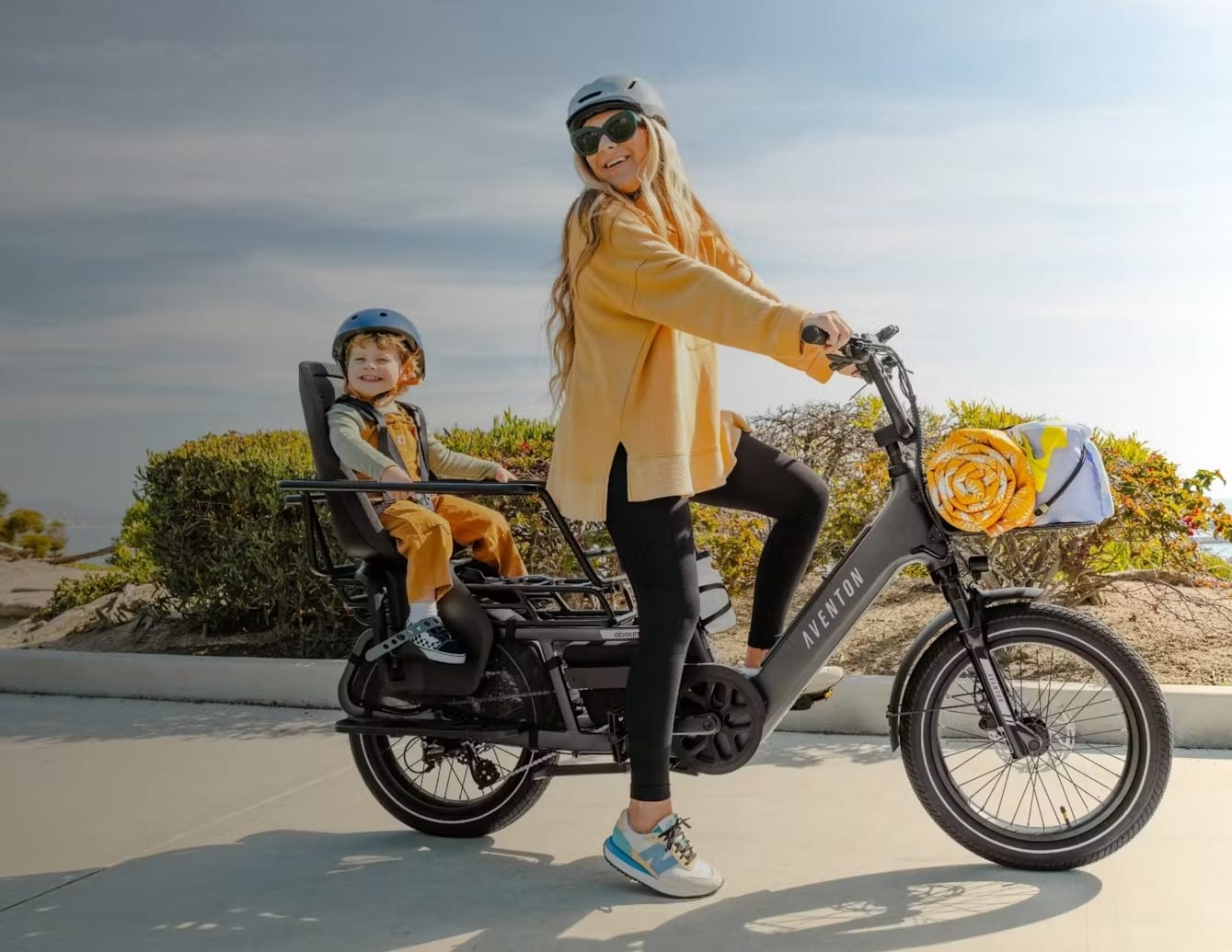
Like Rad Power and VanMoof, Aventon secured funding to accelerate its growth. However, instead of pursuing rapid expansion without clear operational oversight, Aventon took a more calculated approach. The company prioritized expanding into B2B channels and invested heavily in large-scale marketing campaigns. By combining a robust direct-to-consumer (D2C) model with traditional dealer partnerships, Aventon achieved broader market reach and long-term brand presence.
Today, Aventon has over 1,800 dealers in the US, providing essential after-sales support. Their significant media investments also drive consumer traffic to stores. Despite modest dealer margins, stores continue selling Aventon because customers demand it. With production capabilities of up to 1,000 bikes per day and a rapid 20-day turnaround from welding to final assembly, Aventon’s operational efficiency surpasses that of most other companies (especially VanMoof who allowed suppliers to extort them for over 25% margin).
An estimate is that Aventon currently sells nearly 200,000 units annually in the US. Although this is not an official sales figure, I base it on supplier shipment data. There are also considerations that Aventon is planning an IPO in the US.
Tenway presents another success story. As the second generation of a bicycle assembly plant in Guangdong, China, Tenway also secured Chinese funding and established a strong foothold in Europe. With a rich background in frame manufacturing and assembly, the company applied its deep supply chain knowledge to scale operations effectively. Tenway's management team prioritized practical, sustainable growth over flashy innovation, allowing the company to expand steadily without facing the dramatic challenges that led to VanMoof and Rad Power’s downfall.
The biggest difference between Aventon/Tenway and Rad Power/VanMoof is that the former have a much stronger grasp of the traditional bicycle supply chain. They might not be the most innovative ones, but the founders are highly sensitive to supplier dynamics and pricing. In addition to D2C, they also collaborate closely with traditional brick-and-mortar stores.
Choosing the right partners isn’t just about finding someone who can produce; it’s about alignment, trust, and long-term strategy. VanMoof’s fallout with its initial supplier, and Rad Power’s lack of growth management, highlight how fragile things become when partnerships are driven by cost or ego rather than mutual respect. Suppliers and brands should always look to grow with each other.
There’s also something to be said about tradition. The bicycle industry may seem slow to change, but that’s not for lack of innovation, but mainly because many of its practices are rooted in hard-earned experience. The dealer network, the emphasis on serviceability, the importance of local presence; these are not relics, but pillars of the industry. Companies like Aventon understand this and built models that respect both modern efficiencies and the value of established infrastructure.
Ultimately, what separates sustainable success from short-lived hype is operational discipline. That means knowing your margins, your production lead times, your supplier dynamics, and staying close enough to the ground to make smart, fast decisions. Rad Power and VanMoof may have led with vision, but it was Aventon and Tenway who understood how to execute.
In the end, building an enduring e-bike brand isn’t just about designing the next sleek model. It’s about mastering the fundamentals – because in this industry, execution isn’t just everything; it’s the only thing.
Did we do a good job with this story?

